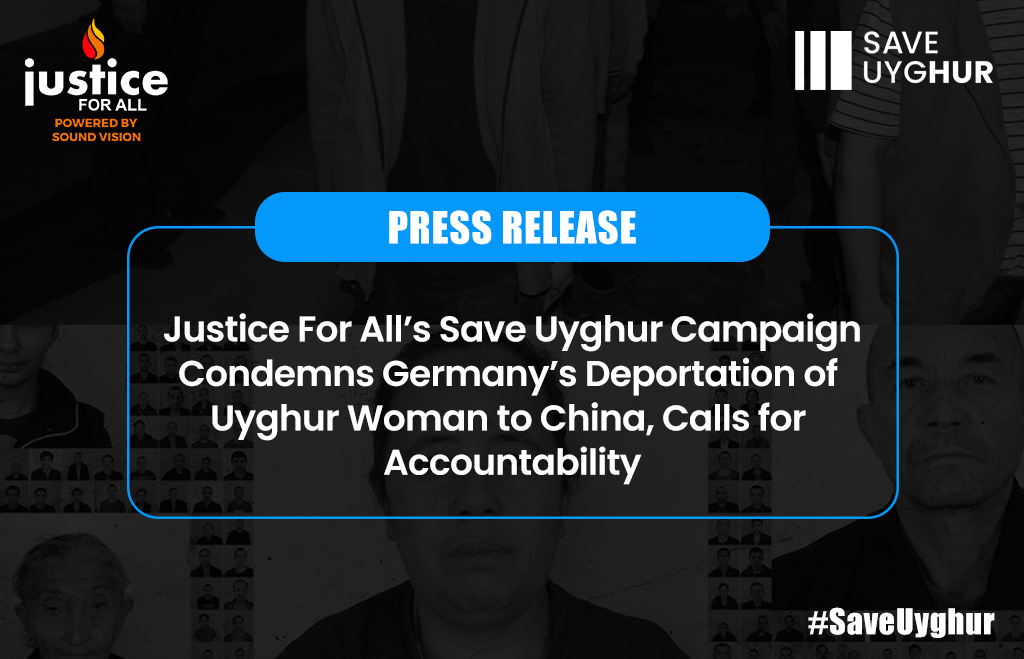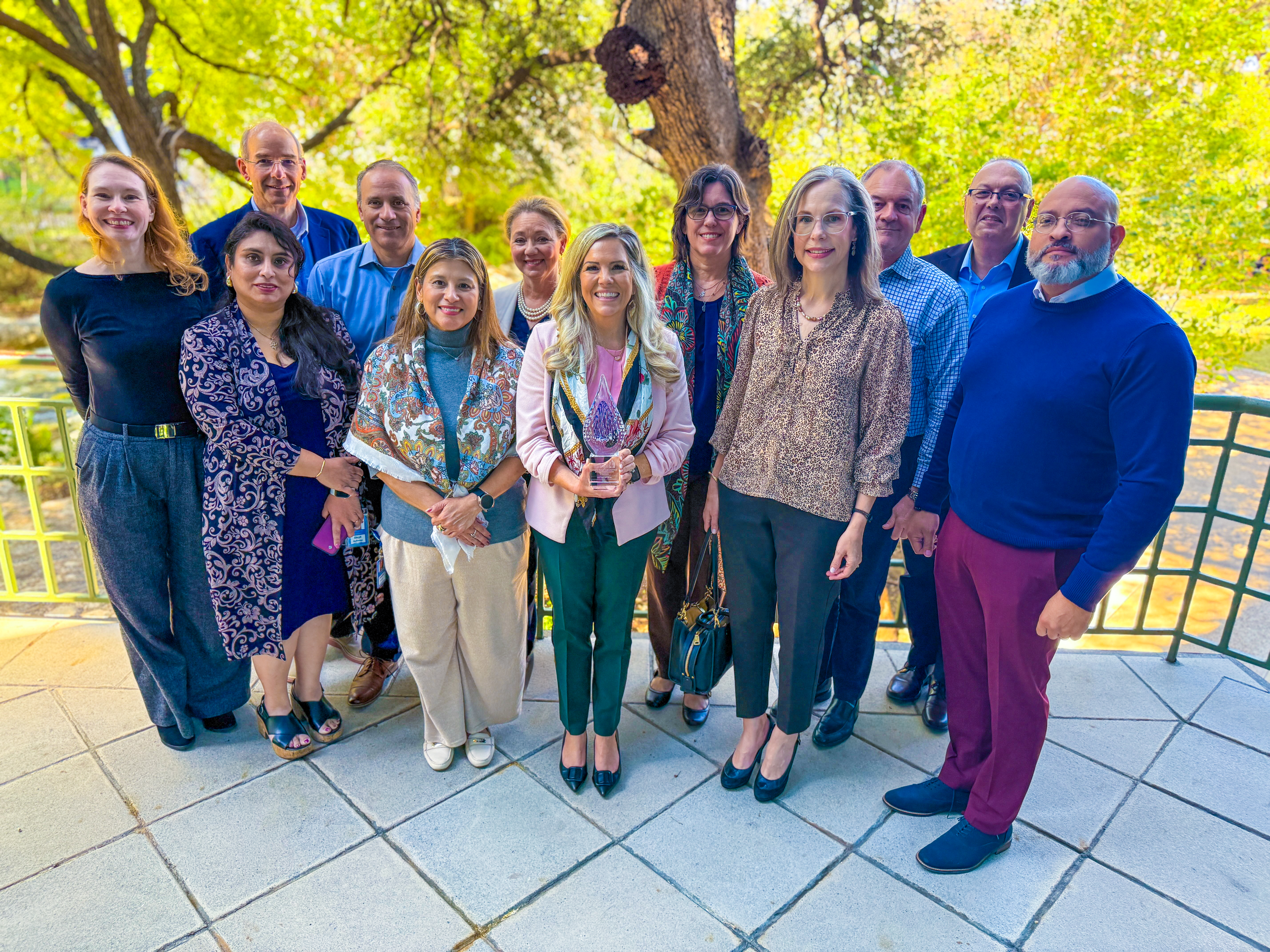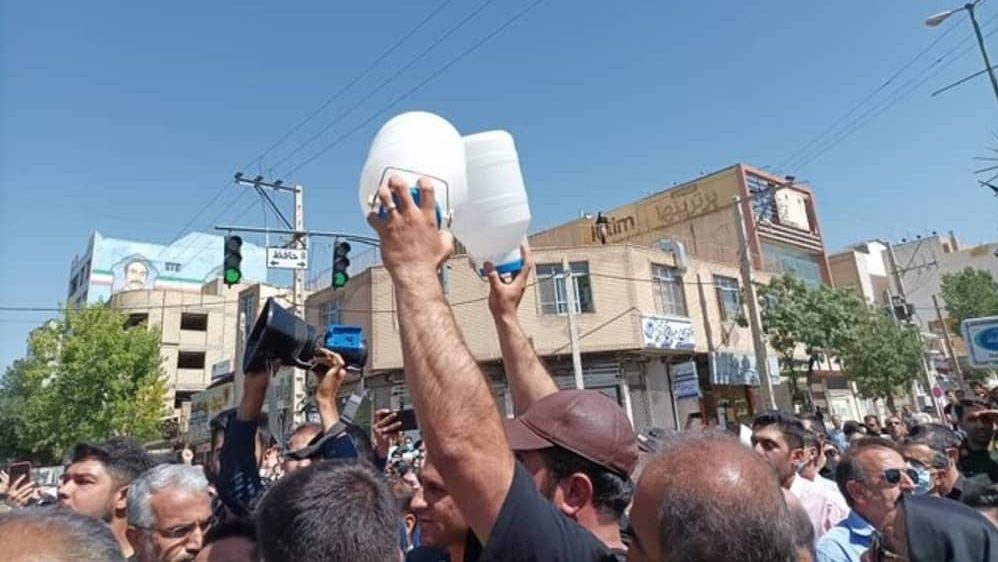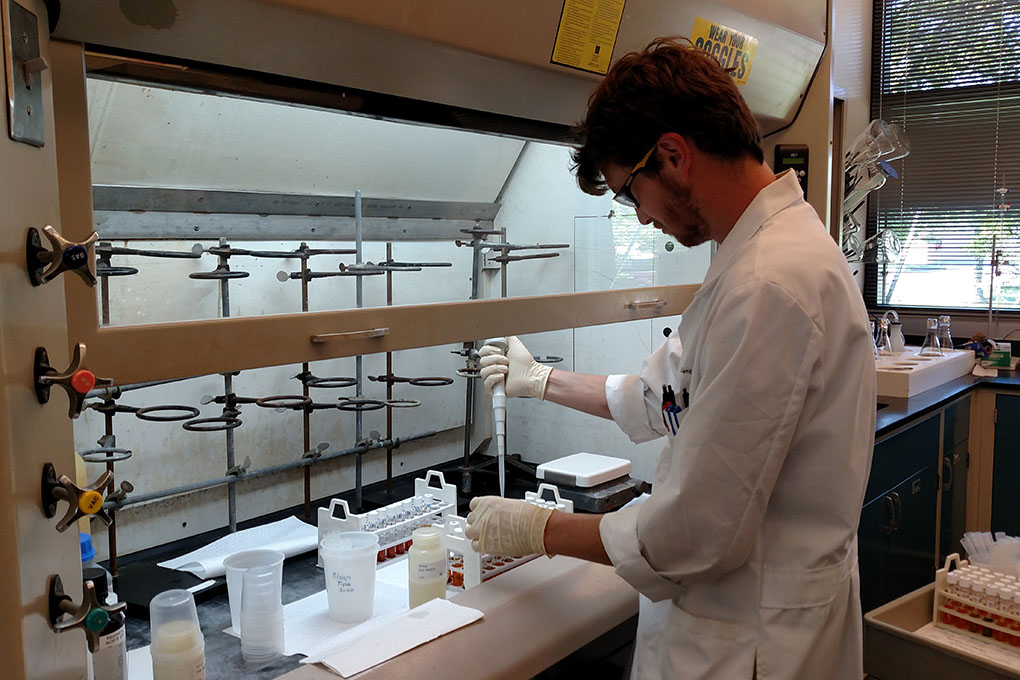Optimizing wastewater treatment through advanced energy monitoring – watertechonline.com
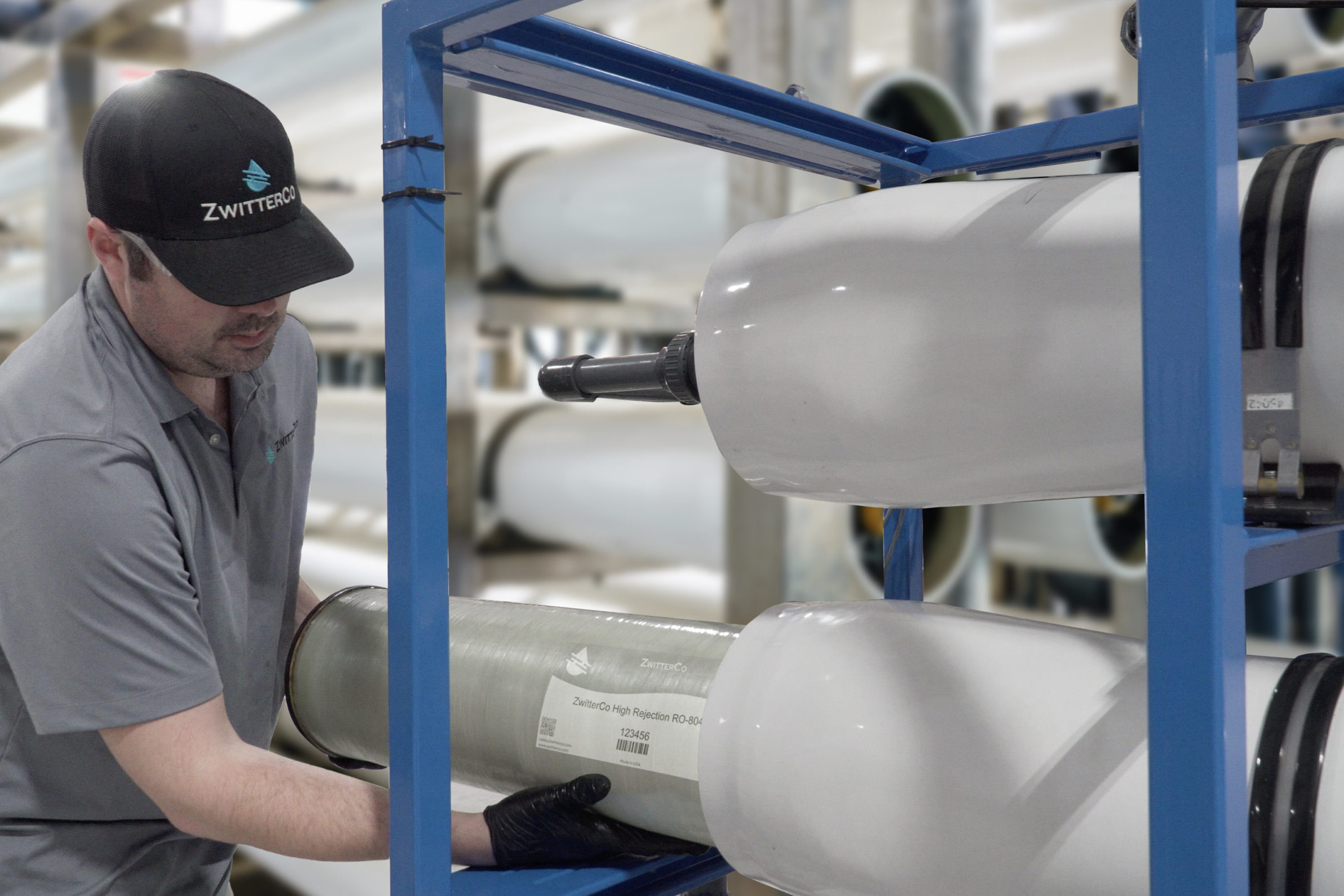
Report on Energy Monitoring in Wastewater Treatment Plants and Contribution to Sustainable Development Goals
Introduction: Aligning Operational Efficiency with Global Sustainability Targets
Wastewater Treatment Plants (WWTPs) are fundamental infrastructure for achieving Sustainable Development Goal 6 (SDG 6: Clean Water and Sanitation). However, their high energy consumption presents a significant operational and environmental challenge. The implementation of advanced energy monitoring systems provides a strategic pathway to enhance operational efficiency while directly contributing to several other SDGs. This report details the performance advantages of such systems, with a specific focus on their alignment with SDG 7 (Affordable and Clean Energy), SDG 9 (Industry, Innovation, and Infrastructure), SDG 11 (Sustainable Cities and Communities), and SDG 12 (Responsible Consumption and Production).
By leveraging comprehensive data on voltage, current, and power factor, these systems enable WWTPs to transition from treating energy as a fixed cost to managing it as a variable resource, fostering more sustainable and resilient operations.
Analysis of Performance Enhancements and SDG Contributions
Energy monitoring systems deliver critical performance improvements that have a direct and positive impact on sustainability objectives. The primary areas of enhancement include power quality, reactive power optimization, and power factor correction.
Improving Power Quality for Resilient Infrastructure (SDG 9)
The reliability of WWTPs is crucial for public health and environmental protection, making them a cornerstone of resilient infrastructure as envisioned in SDG 9. Power quality issues can compromise this reliability.
- Issue Detection: Energy monitoring provides the data necessary to detect and mitigate power quality disturbances such as voltage sags, swells, and harmonics.
- Impact of Disturbances: If left unaddressed, these issues can lead to equipment overheating, nuisance tripping, and premature component failure, disrupting the sanitation services central to SDG 6.
- Proactive Management: Real-time monitoring allows operators to correlate power events with equipment performance, enabling proactive maintenance. This enhances the lifespan and reliability of critical infrastructure, reducing downtime and ensuring the facility’s continuous, effective operation in line with the targets of SDG 9.
Optimizing Reactive Power for Energy Efficiency (SDG 7 & SDG 12)
Effective management of reactive power is essential for both voltage stability and energy efficiency, directly supporting the goals of responsible energy consumption.
- Maintaining Voltage Stability: Insufficient reactive power can cause voltage drops and equipment malfunctions, while excessive levels can lead to overvoltage conditions and damage. Monitoring systems help maintain optimal voltage, ensuring reliable equipment performance.
- Promoting Energy Efficiency (SDG 7): By optimizing reactive power, facilities reduce unnecessary electrical load and energy waste. This practice is a key component of achieving Target 7.3 of SDG 7, which aims to double the global rate of improvement in energy efficiency.
- Fostering Responsible Consumption (SDG 12): Optimizing power reduces wear and tear on equipment like transformers and motors, extending their service life. This minimizes the need for repairs and replacements, thereby reducing the consumption of resources and generation of waste, which aligns with the principles of SDG 12.
Power Factor Correction for Economic and Environmental Sustainability (SDG 11 & SDG 13)
A low power factor, common in facilities with inductive loads, increases operational costs and environmental impact. Correcting it offers significant benefits.
- Challenge of Low Power Factor: A poor power factor results in higher electricity bills due to utility penalties and places greater strain on the electrical system, leading to energy losses and accelerated equipment degradation.
- Economic Viability (SDG 11): By identifying and correcting power factor issues, WWTPs can significantly lower electricity costs. This financial saving enhances the economic sustainability of municipal services, a key aspect of building Sustainable Cities and Communities (SDG 11).
- Climate Action (SDG 13): Improving the power factor reduces the total amount of energy drawn from the grid to perform the same amount of work. This reduction in overall energy consumption directly translates to a lower carbon footprint, contributing to climate mitigation efforts under SDG 13 (Climate Action).
Conclusion: A Strategic Imperative for Sustainable Development
The deployment of energy monitoring systems in WWTPs represents a critical step towards integrating operational management with global sustainability agendas. The benefits extend beyond simple cost savings and create a synergistic effect across multiple Sustainable Development Goals.
By providing detailed visibility into energy consumption and power quality, these systems empower WWTPs to become more efficient, reliable, and environmentally responsible. This proactive approach to energy management is essential for ensuring the long-term viability of water and sanitation infrastructure, making a tangible contribution to achieving a more sustainable future.
Analysis of Sustainable Development Goals in the Article
1. Which SDGs are addressed or connected to the issues highlighted in the article?
The article on energy monitoring in Wastewater Treatment Plants (WWTPs) addresses several Sustainable Development Goals (SDGs) by focusing on improving efficiency, sustainability, and reliability in a critical infrastructure sector. The following SDGs are relevant:
- SDG 6: Clean Water and Sanitation: The entire context of the article is the operation of WWTPs. Ensuring these facilities run reliably and efficiently is fundamental to treating wastewater and protecting public health, which is the core mission of SDG 6. The article mentions that the ultimate goal is “protecting public health and environmental quality.”
- SDG 7: Affordable and Clean Energy: The primary focus of the article is on energy efficiency. It discusses how energy monitoring systems help “optimize energy performance,” “optimize energy consumption and reduce waste,” and make WWTPs “run more efficiently at lower costs.” This directly aligns with the goal of promoting energy efficiency.
- SDG 9: Industry, Innovation, and Infrastructure: The article discusses upgrading industrial infrastructure (WWTPs) with innovative technology (the Alsense energy monitoring system) to enhance sustainability and efficiency. It highlights how this technology leads to “significant operational, financial and environmental benefits” by improving how infrastructure performs.
- SDG 11: Sustainable Cities and Communities: WWTPs are a crucial component of municipal infrastructure. By improving their operational and energy efficiency, the environmental impact of cities is reduced. The article notes that these improvements are “essential for protecting public health and environmental quality,” which is a key aspect of sustainable urban living.
- SDG 12: Responsible Consumption and Production: The article advocates for reducing energy waste, which is a form of responsible consumption. By helping plant managers “optimize energy consumption and reduce waste,” these systems promote more sustainable production patterns within the water treatment process.
2. What specific targets under those SDGs can be identified based on the article’s content?
Based on the issues discussed, several specific SDG targets can be identified:
- Target 6.3: By 2030, improve water quality by reducing pollution… halving the proportion of untreated wastewater… The article supports this target by focusing on operational reliability. It explains how monitoring prevents “equipment malfunctions or failures” and “production disruptions.” Ensuring WWTPs operate without interruption is critical to preventing the release of untreated wastewater and maintaining “compliant operation.”
- Target 7.3: By 2030, double the global rate of improvement in energy efficiency. The article is a case study for achieving this target. It explicitly states that energy monitoring systems allow WWTPs to “run more efficiently at lower costs” and “optimize energy performance,” which are direct contributions to improving energy efficiency.
- Target 9.4: By 2030, upgrade infrastructure and retrofit industries to make them sustainable, with increased resource-use efficiency and greater adoption of clean and environmentally sound technologies… The article presents the Alsense energy monitoring system as a “transformative solution” and an advanced technology that upgrades WWTPs. This upgrade increases “resource-use efficiency” (energy) and represents the “adoption of clean and environmentally sound technologies.”
- Target 11.6: By 2030, reduce the adverse per capita environmental impact of cities, including by paying special attention to… municipal and other waste management. The article’s focus on improving the efficiency of WWTPs directly addresses the “municipal and other waste management” component of this target. The resulting “environmental benefits” contribute to reducing the overall environmental footprint of a city.
- Target 12.2: By 2030, achieve the sustainable management and efficient use of natural resources. Energy is a key natural resource for WWTPs. The article details how monitoring systems enable facilities to “optimize energy consumption and reduce waste,” which is a direct example of achieving more efficient use of natural resources.
3. Are there any indicators mentioned or implied in the article that can be used to measure progress towards the identified targets?
The article mentions and implies several specific indicators that can be used to measure progress:
- Technical Energy Metrics: The article explicitly states that the systems have “comprehensive measurement capabilities for voltage, current, active and reactive power, and power factor.” These metrics are direct indicators of energy consumption and efficiency (relevant to Target 7.3 and 12.2).
- Power Factor Improvement: A significant portion of the article is dedicated to “Power factor correction.” An improved power factor is a clear indicator of increased electrical efficiency and reduced energy waste (relevant to Target 7.3 and 12.2).
- Equipment Reliability and Lifespan: The article implies that a key benefit is improved reliability. It states that monitoring helps avoid “equipment overheating, nuisance tripping and premature component failure” and can “extend the lifespan of wastewater treatment equipment.” A reduction in failure rates and an increase in equipment service life are measurable indicators of progress towards sustainable infrastructure (Target 9.4) and reliable water treatment (Target 6.3).
- Reduction in Maintenance Costs: The text mentions that monitoring helps “decrease maintenance costs and prolong service life,” leading to a “reduction in replacement and repair costs.” This financial metric serves as a practical indicator of improved operational efficiency and sustainability (relevant to Target 9.4).
- Detection of Power Quality Issues: The ability to detect “voltage sags, swells, harmonics and other problematic events” is an indicator of proactive management. Tracking the frequency and severity of these events can measure the stability of the power supply and the effectiveness of mitigation measures (relevant to Target 7.3 and 9.4).
4. Summary of SDGs, Targets, and Indicators
| SDGs | Targets | Indicators |
|---|---|---|
| SDG 6: Clean Water and Sanitation | 6.3: Improve water quality and reduce the proportion of untreated wastewater. |
|
| SDG 7: Affordable and Clean Energy | 7.3: Double the global rate of improvement in energy efficiency. |
|
| SDG 9: Industry, Innovation, and Infrastructure | 9.4: Upgrade infrastructure and retrofit industries for sustainability and resource-use efficiency. |
|
| SDG 11: Sustainable Cities and Communities | 11.6: Reduce the adverse environmental impact of cities, focusing on waste management. |
|
| SDG 12: Responsible Consumption and Production | 12.2: Achieve the sustainable management and efficient use of natural resources. |
|
Source: watertechonline.com

What is Your Reaction?
 Like
0
Like
0
 Dislike
0
Dislike
0
 Love
0
Love
0
 Funny
0
Funny
0
 Angry
0
Angry
0
 Sad
0
Sad
0
 Wow
0
Wow
0


